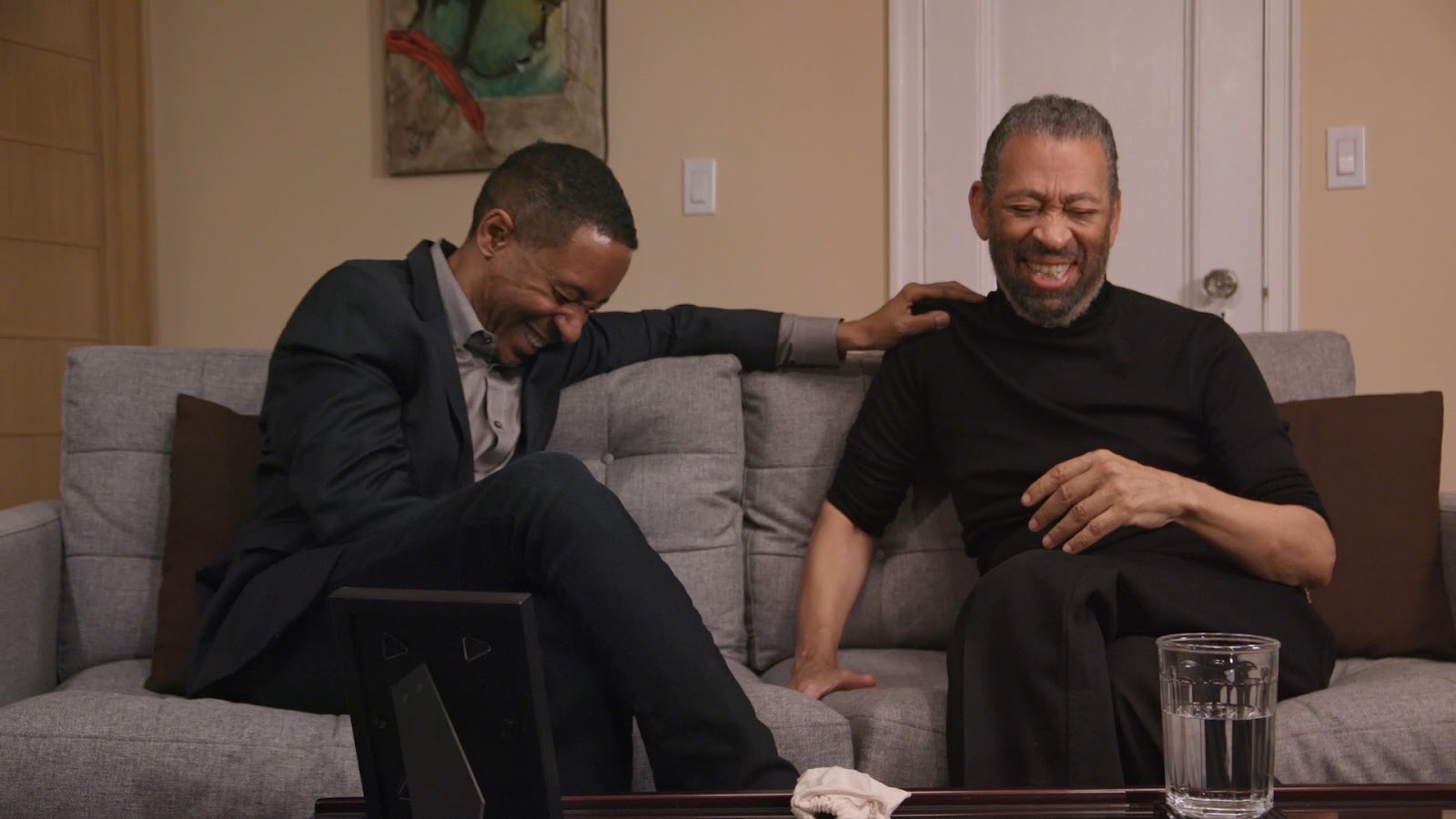
04 Mar Maurice Hines: Bring Them Back — A Celebration of the Artistry of Black Joy
BY DALÍ ADEKUNLE
Three-fourths of the way into the documentary about singer, choreographer, and tap-dancing extraordinaire Maurice Hines, American playwright Charles Randolph-Wright wistfully reminisces about Mr. Hines’ impact on the Black theater scene of his time. Randolph-Wright recounts, “At that time, Maurice was the den mother, father, godmother, godfather, fairy godmother, all of it.” Mr. Randolph-Wright’s words highlight the gay Black joy that grounds the film and positions Mr. Hines as too bold, too proud, and too happy for his time.
Footage of Mr. Hines sitting on tweed studio couches being interviewed by late-night television hosts and theater elites underscores just how much Mr. Hines was light years ahead of his contemporaries. His candor about rampant racial discrimination in theater, restrictive ticketing prices, and the bias he experienced against his irreverently loud sexuality would go viral in 2022. One could imagine the retweets, TikTok views, and Medium articles his personality would garner. Still, in the 1970s and 1980s of his professional fame, the heretic aspects of Mr. Hines’ personality stigmatized his career, which is why John Carluccio’s Maurice Hines: Bring Them Back (2019) is so compelling. In a time where the constant cycle of breaking news trims our long-term memories, the film implores the audience to remember black sheep have always existed. There have always been artists who push boundaries and have had their legacies curtailed because of it.

This elusive feeling of loss is another theme that dominates throughout the documentary, albeit not as artfully executed. Mr. Hines is portrayed partly as a man solemnly but honestly grappling with his age and partly as an elder haunted by his past. It’s just that his “past” doesn’t feel culturally distinct to the historical genre that situates the documentary. Grainy footage of Maurice Hines and his equally talented younger brother, Gregory Hines, as children is interlaced with technicolor reels of the brothers in their early twenties in 1970s regalia. The images are meant to demonstrate the breadth, duration, and familial intimacy of Mr. Hines’ work but feel cliche. In addition to being reused multiple times during the film, these montages come off as a melodramatic melange of The Jackson 5, The Pointer Sisters, the Osmonds, and other comparable family-centric acts of the time.
The pinnacle tension of the film, the conflict that caused a decade-long rift between Maurice and Gregory Hines, is understandably never addressed. However, the audience is restricted from speculating on “what” precisely could have tarnished the brothers’ relationship and forced them apart. Despite allusions to Maurice’s dogmatic older-brother personality and Gregory’s laissez-faire need to distinguish himself as an artist, little insight is provided on how the brothers related to each other professionally or ideologically. Maurice’s assertion squelches suspicions: “You don’t bring family business into the streets.” Yet, given the intimate access the audience has to Mr. Hines’ life, the omission of this detail feels at odds with the candidness of the film.

Nonetheless, Maurice Hines’ brilliance and joy supersede this directorial flaw. At 75, Mr. Hines remains an entertainment triple threat. Clips of the performer coating his voice with bottles of honey, cracking jokes with backstage staff, and donning his makeup while singing cabaret melodies force a smile on the viewer’s face. Simply put, Mr. Hines is a delight.
And he knows it too.
Due to COVID-19, the film’s general release was delayed until February 2022. It can be streamed on multiple platforms, including Amazon Prime Video and Starz.

Dali Adekunle is a cinephile and a health director in New York City. She was raised in a Spanish and Portuguese speaking household, and she loves to explore themes of cinematic depictions of labor, healthcare, and culture as it pertains to people of color.

Sorry, the comment form is closed at this time.